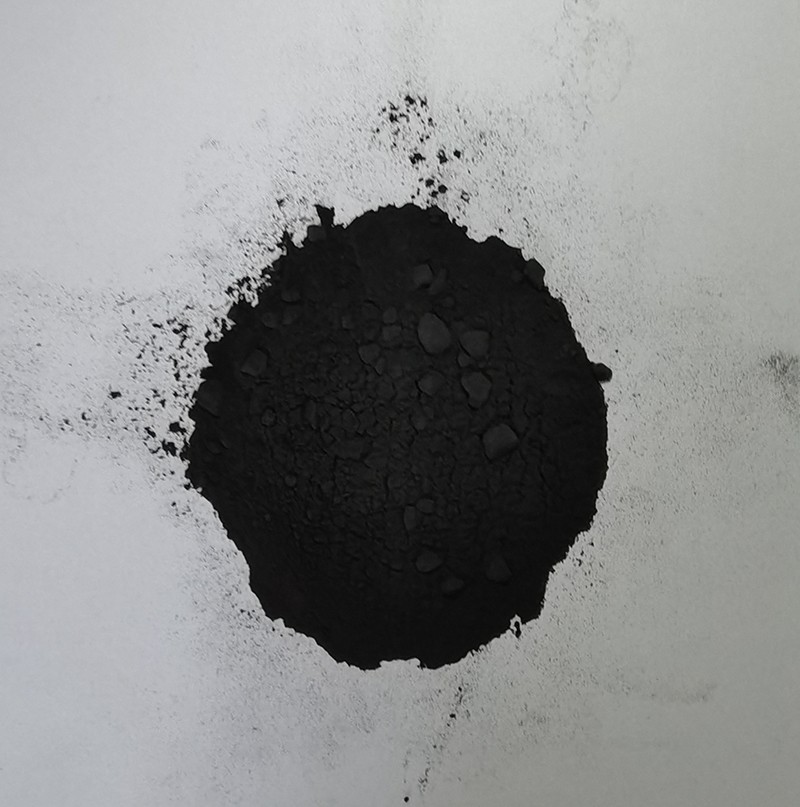What are the types of friction materials?
Introduction:
Friction materials play a crucial role in various industries, from automotive to aerospace, where the efficient transfer of force is essential.
Understanding the different types of friction materials is vital for selecting the most suitable material for specific applications. In this comprehensive guide, we delve into the world of friction materials, exploring their types, characteristics, and applications.
Understanding Friction Materials:
Friction materials are substances used to create resistance between two surfaces in contact, thereby converting kinetic energy into thermal energy. These materials are employed in numerous applications, ranging from brake systems in vehicles to industrial clutches and brakes.
Types of Friction Materials:
Organic Friction Materials:
Composition: Organic friction materials typically consist of a mixture of organic substances such as resins, fibers, and fillers.
Characteristics: These materials offer good friction stability, low noise levels, and smooth engagement. They are also lightweight and exhibit excellent thermal conductivity.
Applications: Organic friction materials find widespread use in automotive brake pads, where low noise and smooth performance are essential.
Metallic Friction Materials:
Composition: Metallic friction materials are composed primarily of metals and metal alloys such as steel, iron, copper, and bronze.
Characteristics: These materials provide high thermal conductivity, excellent durability, and consistent performance over a wide range of temperatures and pressures. They can withstand high levels of frictional heat without significant degradation.
Applications: Metallic friction materials are commonly used in heavy-duty applications such as industrial clutches, brake systems for trains, and high-performance racing vehicles.
Ceramic Friction Materials:
Composition: Ceramic friction materials are composed of ceramic fibers, fillers, and binding agents.
Characteristics: These materials offer exceptional thermal stability, high friction coefficients, and resistance to wear and corrosion. They exhibit minimal fade even under extreme operating conditions.
Applications: Ceramic friction materials are well-suited for high-performance brake systems in sports cars, aircraft brakes, and heavy-duty industrial applications where reliability and heat resistance are paramount.
Carbon Friction Materials:
Composition: Carbon friction materials are primarily composed of carbon fibers, graphite, and other additives.
Characteristics: These materials offer high friction coefficients, excellent thermal stability, and resistance to wear and deformation. They exhibit consistent performance over a wide range of operating conditions.
Applications: Carbon friction materials are widely used in racing cars, motorcycles, and high-performance vehicles where superior braking performance and thermal management are critical.
Composite Friction Materials:
Composition: Composite friction materials are a combination of different materials, often incorporating a mix of organic, metallic, ceramic, and carbon components.
Characteristics: These materials are engineered to leverage the strengths of various constituents, offering a balance of performance, durability, and cost-effectiveness. They can be tailored to meet specific application requirements.
Applications: Composite friction materials find diverse applications across automotive, aerospace, and industrial sectors, where customized solutions are needed to optimize performance and efficiency.
Applications and Considerations:
Automotive Industry: Friction materials play a crucial role in vehicle braking systems, ensuring safe and reliable stopping power. The choice of friction material depends on factors such as vehicle type, performance requirements, and environmental conditions.
Aerospace Industry: Aircraft braking systems rely on friction materials to provide efficient deceleration during landing. Ceramic and carbon-based materials are commonly used in aircraft brakes due to their high heat resistance and reliability.
Industrial Applications: Friction materials are utilized in various industrial machinery such as cranes, winches, and presses, where controlled motion and braking are essential for safety and productivity.
Conclusion:
Understanding the different types of friction materials is essential for selecting the most suitable material for specific applications. Whether it's ensuring safe braking in vehicles, providing reliable performance in aerospace systems, or enhancing productivity in industrial machinery, the right friction material can make a significant difference. By considering factors such as composition, characteristics, and application requirements, engineers and manufacturers can optimize performance and efficiency across diverse industries.


